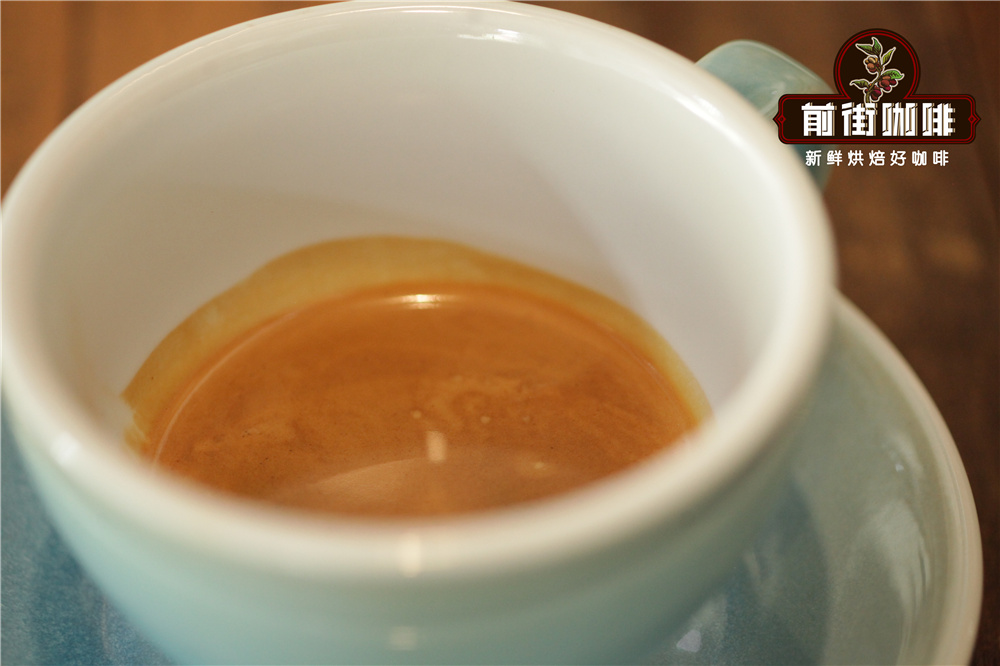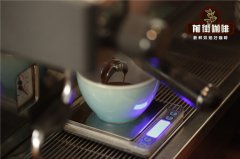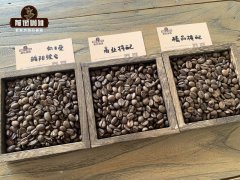What is the color of Crema Crisma Coffee Coffee has anything to do with extraction
Espresso Cleima, compared with espresso, Crema is often mentioned. It refers to the light color layer formed on the surface of brewed coffee during the extraction stage. When brewing espresso, carbon dioxide from compacted fresh coffee grounds meets hot, pressurized water, resulting in the formation of trademark "bubbles".
Klima tells a lot about the coffee we are going to drink. Have we tried to observe it carefully? In crema, there are different colors. These subtle differences either indicate the baking method used, the time it takes to brew espresso, or there may be a problem with the consistency of coffee grounds.
Being too light means that the bubbles are bigger than usual: espresso may not be extracted enough. On the other hand, too dark color may be the result of excessive extraction, or the use of darker baking (which usually produces less oil). Over-extracted coffee can lead to bitterness in the cup.
Of course, some coffee types and post-harvest processing methods are more conducive to creating lush golden emulsified coffee layers. The oil foam layer is essential for espresso. Using the espresso system, when 7 grams of finely ground coffee meets hot water pressurized at 9 bar for 25-30 seconds, we first get a solution containing caffeine, acids, proteins, sugars and other substances, and then the lighter emulsion consists of imperceptible elements of coffee particles and CO 2 microbubbles. These microbubbles attach to the oil and fat in the coffee and then rise to the top of the drink.
This emulsion of tiny droplets of oil and water is called espresso Cleima. It is delicate and dense, with a discontinuous thickness, and hazelnut brown covers the surface of the espresso in the cup.

How CREMA is formed
Due to the combined action of hot water and pressure, contact with finely ground coffee helps release carbon dioxide stored in coffee beans during roasting, thus forming coffee oil.
Stress is crucial to the success of espresso Cleima.
Therefore, other extraction methods will not produce oil.
Cream is the result of the baking and extraction process, and it says a lot: it shows the quality of the coffee beans, the baking, the equipment, and the barista's hands. Similarly, it can even influence the perception of consumers.
CREMA, it's not a bubble!
One thing is certain: crema, a perfect espresso, not foam! It's Klima! There is a big difference between crema and foam because there are no bubbles.
Foam is considered to be the defect of the cup. In any case, the amount and consistency of crema can tell us a lot about the espresso we are going to drink, which are affected by the following factors:
-brewing
The crema, made up of several bubbles, suggests that espresso is brewed too fast and may be slimming. The thick, condensed Klima indicates that espresso is brewed too slowly and may be scorched.
-use th
The blend of espresso must strike the right balance between the two coffee varieties (Arabica and Robusta).
A cup of espresso with a high percentage of Arabica coffee is even visually different from an espresso that contains a lot of robusta coffee.
Robusta
Give the coffee body, structure, and produce thicker, inflated , more foam oil, and quickly fade.
Robusta and Arabica have very different chemical and physical properties, both in terms of content and quality.
Due to the type of lignocellulose present in coffee, this chemical and physical component results in very dense coffee fat in espresso extraction, which is usually formed by large and thick bubbles, even if the amount is less than Arabica coffee because of the less fat.
This gives crema a classic orange peel appearance or as if they were sand dunes. At the same time, however, because they are "strong", they can usually support the weight of sugar crystals for a few seconds.
It's as if crema is made up of 500 big, thick plastic balloons. If you jump on it, the balloon will hold you up for a while before it explodes under heavy pressure. However, obviously, given their size, there won't be many in the cup.
This is why when Robusta crema begins to dissolve (usually from the edge of the cup), the level of crema drops very fast, and the hole is still visible where the hole is often pierced.
However, this only happens when we use high-quality robusta, because for low-quality coffee, fat and fiber do not provide the same "substance" for coffee fat.
Arabica
On the other hand, boutique coffee gives coffee aroma and produces less oil than Robusta, but it is more compact, more elastic and brighter in color.
Compared with robusta coffee, the main difference in the creamy flavor of Arabica coffee is that it has more oil and different fibers.
Looking at the grease of high-quality Arabica coffee, we notice that its texture is made up of thousands of tiny bubbles invisible to the naked eye, but they give the surface a bright and reflective effect.
If we look at the amount of Klima after brewing for a few seconds, we will find that it is almost the same thickness as the espresso made from Robusta, but its consistency, even in the sense of taste, is completely different.
In addition, if we try to break the cream or put sugar on it with a spoon, it will fall into the liquid below in a short time.
Important Notice :
前街咖啡 FrontStreet Coffee has moved to new addredd:
FrontStreet Coffee Address: 315,Donghua East Road,GuangZhou
Tel:020 38364473
- Prev

What is the signature aroma of espresso? Does coffee aroma have anything to do with time?
Awakening the aroma of our coffee in the morning is a small and simple pleasure that we can enjoy every day. But if we take a little more time, we will find that things are not that simple! Thousands of odor molecules give espresso a famous rich aroma. Just move the cup to your face and you can naturally feel the aroma of coffee. When we spontaneously smell the oil slick
- Next

The difference between coffee beans and espresso beans the deeper the espresso beans are roasted, the better?
In the coffee we drink, are the coffee beans the same? is there still any difference? the hand-brewed coffee we drink is fine coffee beans, and so is the espresso? Yes, there is a difference between coffee beans and espresso beans! They're not the same thing! To make espresso, you can use any coffee beans you like. After all, espresso is just another brewing method. But this
Related
- What brand of black coffee is the most authentic and delicious? what are the characteristics of the flavor of the authentic Rose Summer Black Coffee?
- Introduction to the principle and characteristics of the correct use of mocha pot A detailed course of mocha pot brewing coffee is described in five steps.
- Which is better, decaf or regular coffee? how is decaf made?
- How much is a bag of four cat coffee?
- How about four Cat Coffee or Nestle Coffee? why is it a cheap scam?
- Which is better, Yunnan four Cats Coffee or Nestle Coffee? How about cat coffee? is it a fake scam? why is it so cheap?
- How about Cat Coffee? what grade is a hoax? which instant coffee tastes better, four Cat Coffee, Nestle Coffee or G7 coffee?
- Process flow chart of coffee making-Starbucks coffee making process what coffee tastes good at Starbucks
- The top ten best coffee beans in the world Rose summer coffee or Tanzanian coffee tastes good
- Yunnan four cat coffee is good to drink?_four cat coffee is a big brand? four cat blue mountain coffee is fake?

